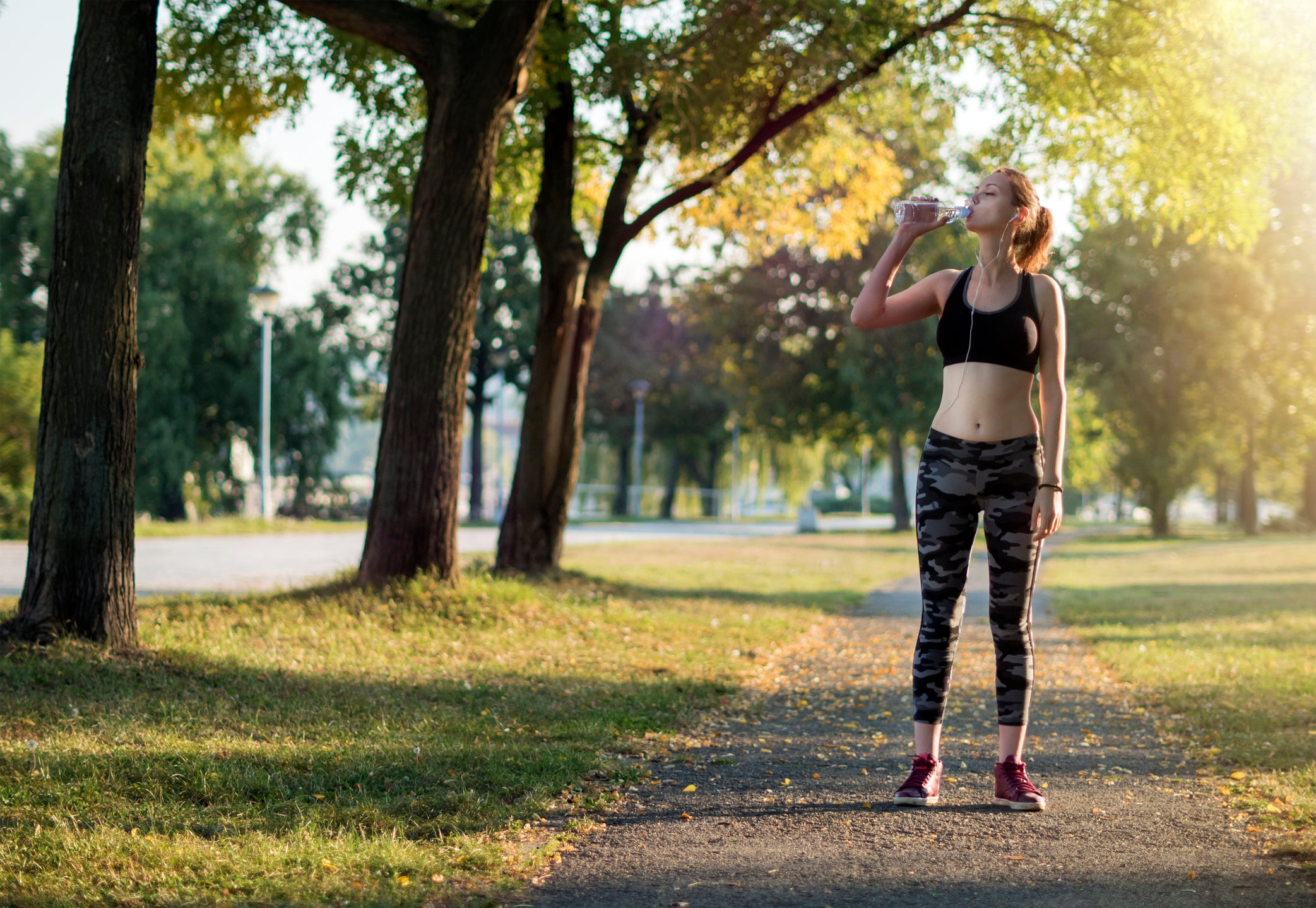The Independent's journalism is supported by our readers. When you purchase through links on our site, we may earn commission.
How to regulate your body temperature after exercising in a heatwave
London is expected to reach 40 degrees celsius on Monday

The UK heatwave is becoming an increasing concern as the Met Office issues a rare red warning for many parts of England, meaning the extreme weather could lead to “serious illness or danger to life”.
On Monday and Tuesday, parts of the UK are expected to reach “exceptional, perhaps record-breaking, temperatures” of up to 40 degrees celsius.
It marks the first time that the UK Health and Security Agency (UKHSA) has declared a heatwave national emergency since launching its response plan two decades ago.
The extreme weather is likely to have an impact on various parts of our daily lives, including our workouts.
For those looking to exercise in the heat, regulating your body temperature afterwards will be incredibly important.
Not least because working out in high temperatures can be particularly straining.
The Mayo Clinic explains that both the process of exercise and the air temperature can increase your core body temperature.
“To help cool itself, your body sends more blood to circulate through your skin,” it adds on its website.
“This leaves less blood for your muscles, which in turn increases your heart rate. If the humidity also is high, your body faces added stress because sweat doesn’t readily evaporate from your skin. That pushes your body temperature even higher.”
If you expose yourself to high temperatures for too long and don’t drink enough fluids, your body could be at risk of heatstroke, heat exhaustion, or heat cramps.
In order to avoid all of the above, The Mayo Clinic suggests paying attention to warning signs such as headaches, muscle cramps, fatigue and weakness, and not working out any further if you experience any of these.
Ana Stefan, strength and flexibility coach, suggests that one of the best ways to cool down is to simply lie down flat on your back and adopt a yoga Shavasana pose. “Combine this with four to eight slow, deep breaths to calm the nervous system, which should then cool the body.
”It also allows the body to absorb the effects of the workout, which goes beyond cooling.”
Additionally, if you feel like your body temperature has become too high, The Mayo Clinic suggests that the most effective way of cooling yourself down is to immerse your body in a cold- or ice-water tub.
In cases of heat exhaustion, it adds that you should simply remove extra clothing or sports equipment.
“If possible, fan your body or wet down your body with cool water,” it adds.
“You may place cool, wet towels or ice packs on your neck, forehead and under your arms, spray yourself with water from a hose or shower, or sit in a tub filled with cold water.
“Drink fluids such as water or a sports drink. If you don’t feel better within about 20 minutes, seek emergency medical care.”
You can read more about what to do to cool down after working out in a heatwave here.
Join our commenting forum
Join thought-provoking conversations, follow other Independent readers and see their replies
Comments